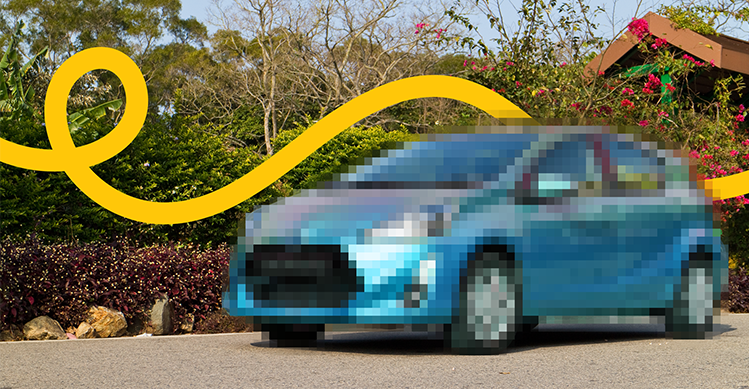It's often said that New Zealand can experience four seasons in one day, and this can mean facing wet roads even in the height of summer.
These unpredictable conditions require extra caution and attention to ensure your safety on the road while driving. Whether you've been driving for 6 months or 60 years, it's important to be well-prepared when facing heavy rainfall and storms. We have collected some tips for driving in wet conditions in New Zealand.
Be Aware, Be Informed:
- Defog your windscreen: Rain can cause your windscreen to fog up, so use your front and rear demisters to clear them before you set off. Turning on the air conditioning or opening the windows may help speed things up.
- Check traffic updates: Use the traffic and travel information available on Waka Kotahi's website to check for road closures and conditions on your trip. Your safety should be the priority, even if it means delaying travel or taking a longer route.
- Loss of Control: Aquaplaning is when water accumulates faster than your car's weight can push it away, causing your vehicle to slide on a thin layer of water. If this happens, ease off the accelerator, avoid sudden braking or turning, and gently correct your steering. In a skid or slide, back off the accelerator and steer in the direction you want the car to go. Remain calm and keep breathing.
- Vehicle Maintenance: regular checks of your car can ensure optimum performance in wet conditions. Keep your tyres properly inflated and check their tread - if low, get these replaced as quickly as possible. Damaged or worn wiper blades can result in loss of visibility during rain, so these should be checked and replaced regularly.
Drive to the Conditions:
- Keep your Distance: In wet conditions, it takes longer for a car to come to a complete stop. Allow for ample space between your vehicle and the one in front of you, increase your following distance, and give plenty of time between indicating and turning.
- Lights On: Double check that your headlights are on in poor light - it's easy to forget which can cause risk to both yourself and other road users. Using your headlights will improve your visibility, as well as ensuring other drivers can see you. If you're struggling to read your gauges, it's time to turn your lights on.
- Follow the Leader: Driving in the tracks of the cars ahead of you can reduce the amount of water between the road and your tyres. Be sure to keep a keen eye on their brake lights to anticipate their actions.
- Stay Alert: Reduced visibility and dampened sounds makes it harder to detect pedestrians and cyclists. Keep your awareness up, particularly around pedestrian hotspots like schools, crossings, or rows of parked cars that may further block your view.
- Don't End Up Swimming: Big puddles may damage your car's electrical systems or flood the engine, particularly if deeper than 15cm. When it comes to the depth of water, it's better safe than sorry. After driving through water, give your brakes a couple of light taps to remove excess water.
By following these tips, driving to the conditions, and staying informed about road conditions, you can be confident when navigating our wet roads. Remember to prioritise safety over saving time, and always be prepared to stop or slow down if the weather turns sour.
If the worst does happen, being covered by AMI can help bring peace of mind. Learn more about AMI Car insurance here. You can get a quote and buy online, or call us on 0800 100 200.


